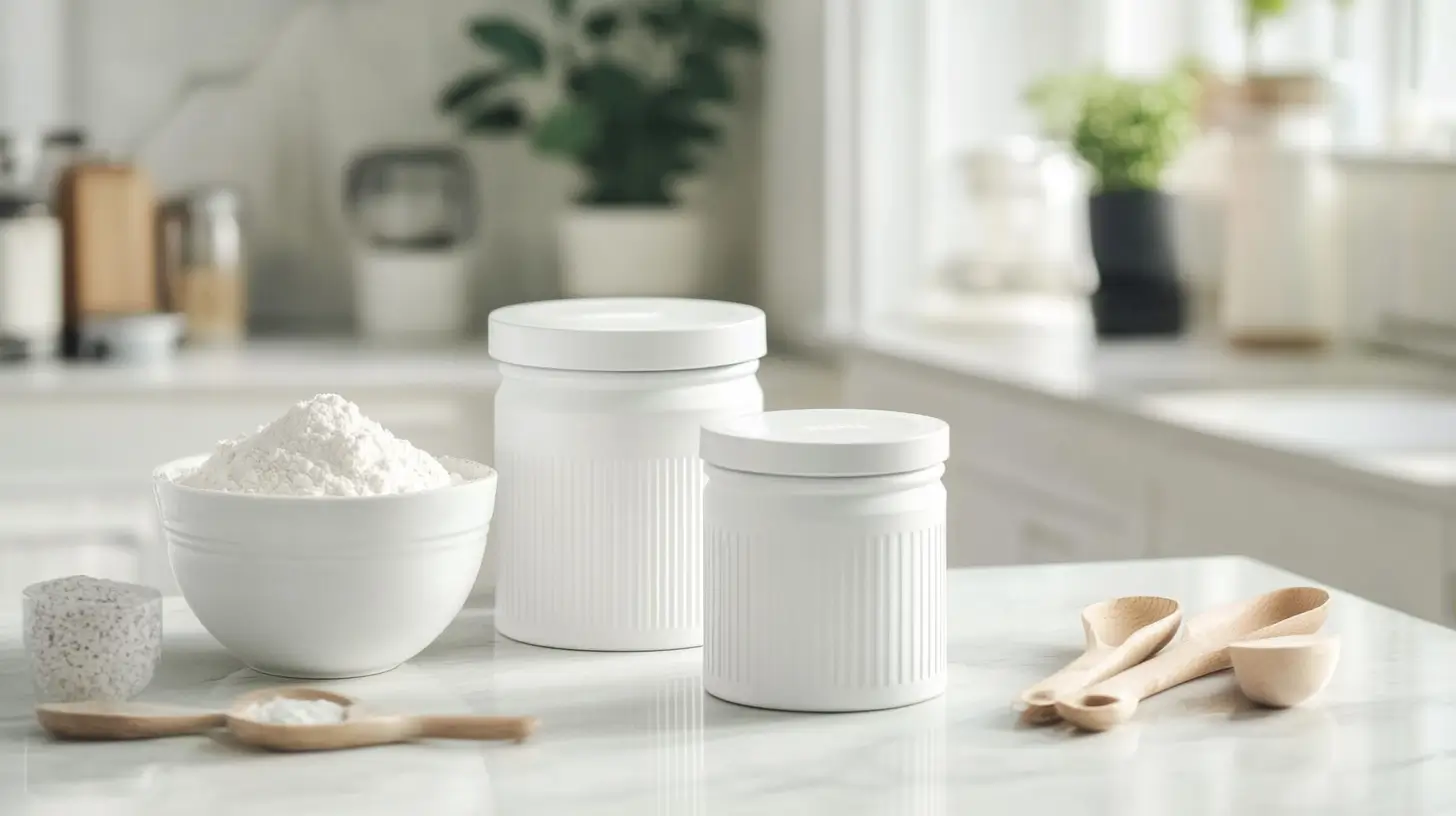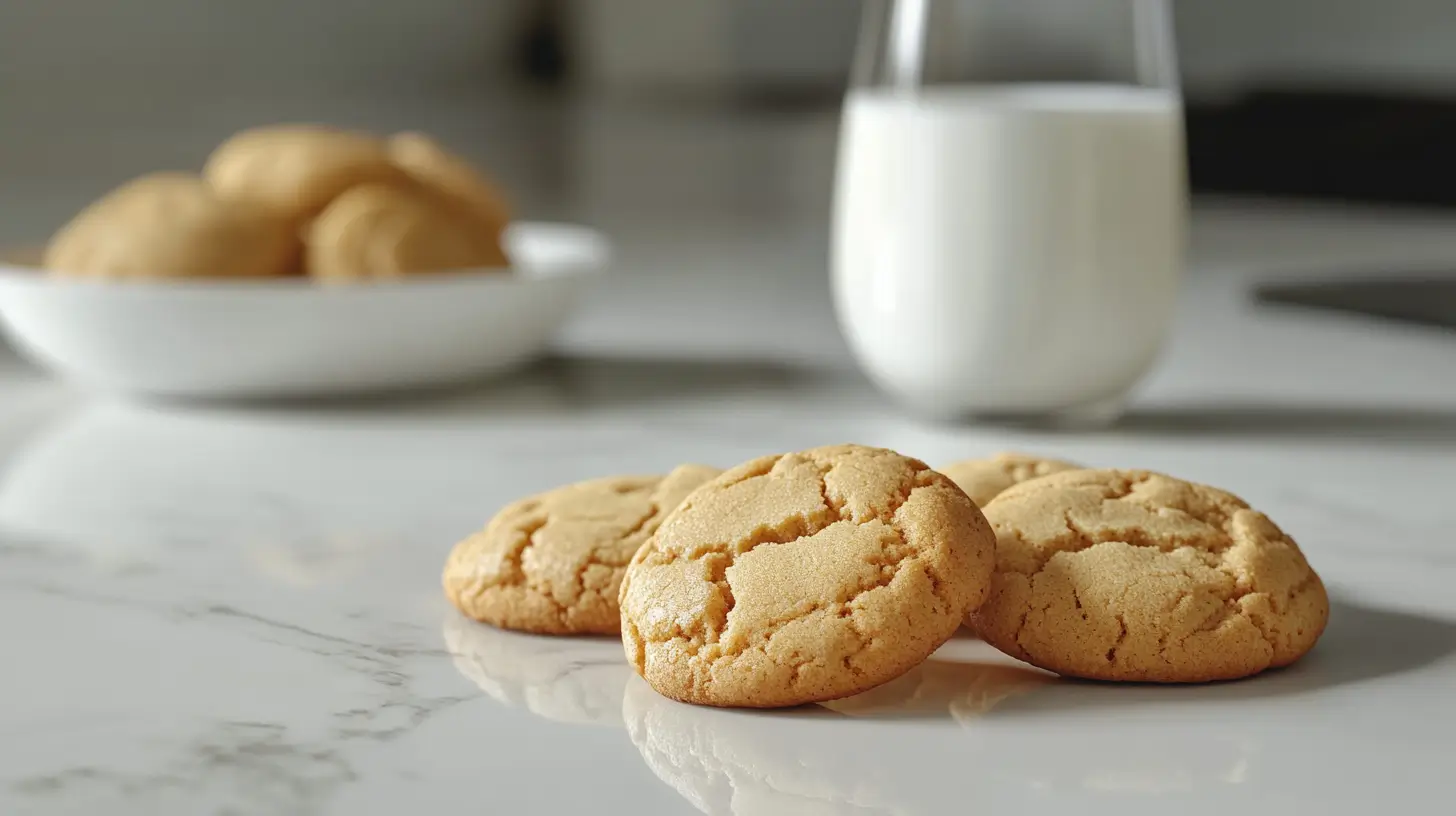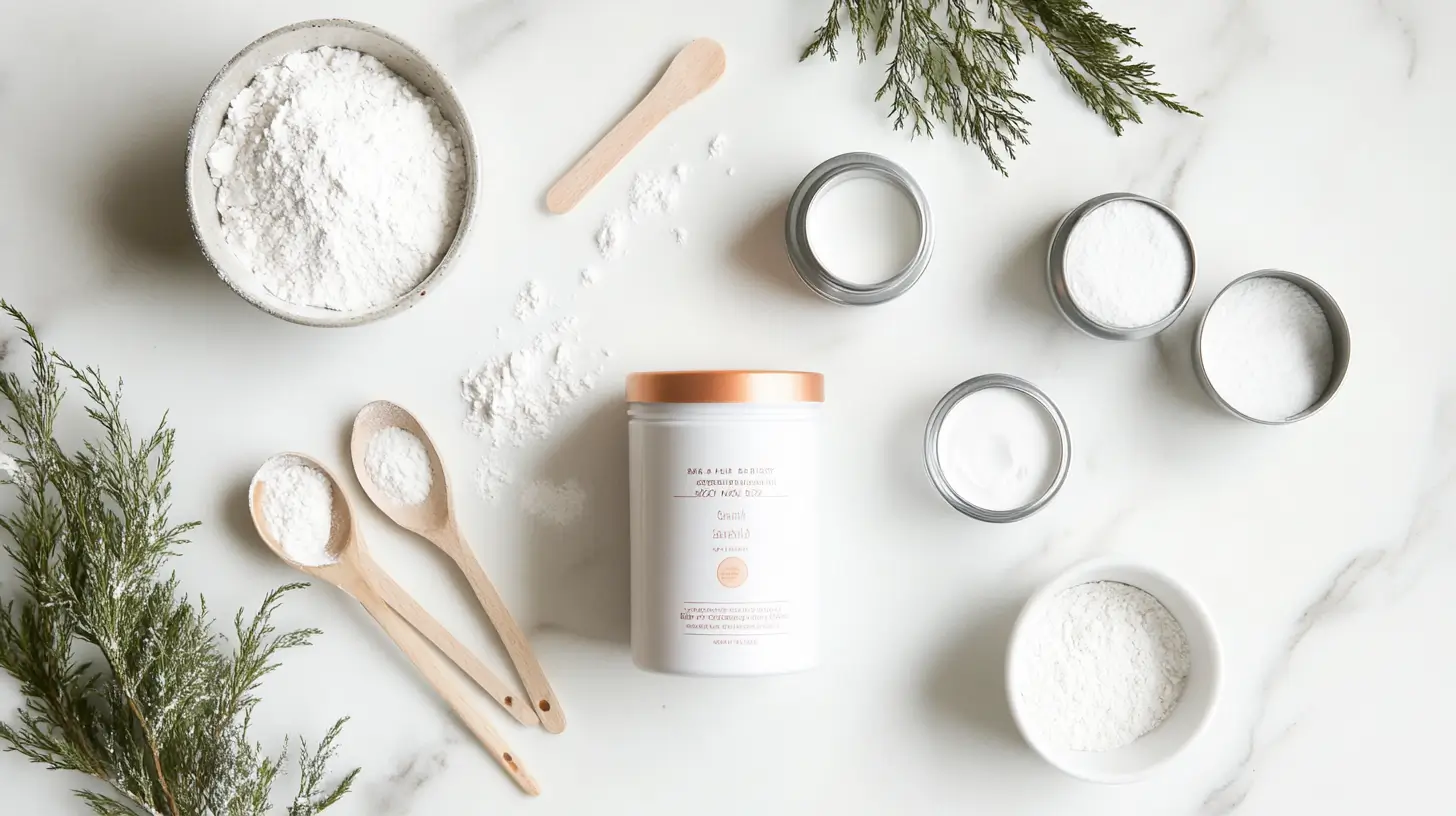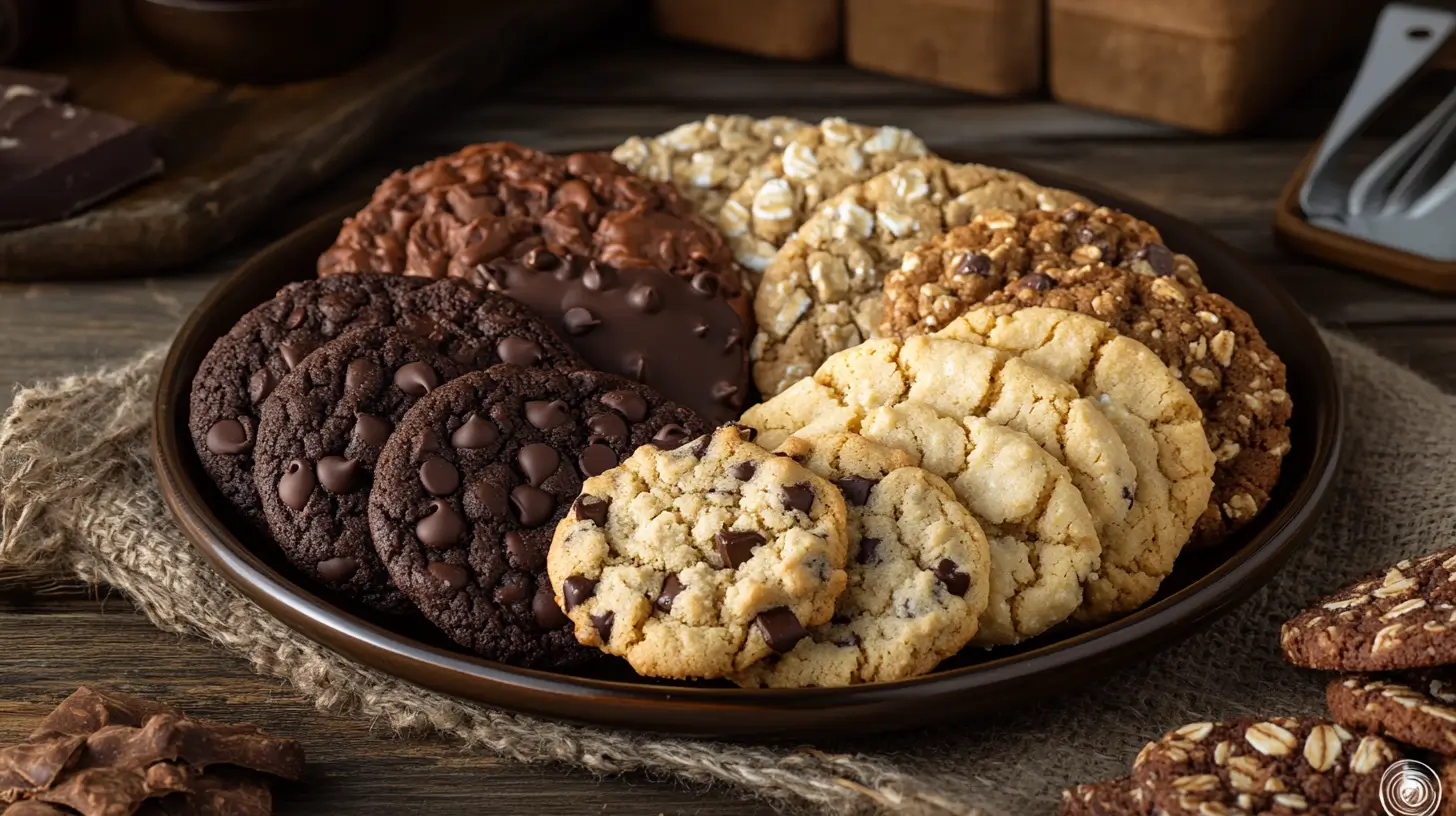When baking cookies, choosing the right ingredients can make all the difference in achieving the perfect texture, flavor, and consistency. A common question is: should I use baking soda or baking powder in cookies? Understanding their unique properties and roles in baking is key to making the right decision.
Introduction to Baking Soda and Baking Powder
Before diving into the specifics, it’s essential to know what baking soda and baking powder are, their composition, and how they contribute to the baking process.
What is Baking Soda?
Baking soda, scientifically known as sodium bicarbonate, is a versatile leavening agent. It is a single-ingredient compound that requires the presence of an acid to activate. Common acidic ingredients include vinegar, lemon juice, or buttermilk. When combined with moisture and an acid, baking soda produces carbon dioxide gas, causing baked goods to rise.
- Key properties:
- Requires an acidic ingredient to activate.
- Works immediately upon mixing with moisture and acid.
- Contributes to browning in cookies due to its alkaline nature.
By understanding its reactive properties, you can better decide should I use baking soda or baking powder in cookies to achieve your desired results.
What is Baking Powder?
Baking powder is a pre-mixed leavening agent containing baking soda, an acid (usually cream of tartar), and a starch to prevent clumping. Unlike baking soda, it doesn’t require an additional acidic ingredient in your recipe. Baking powder often comes in two types: single-acting and double-acting.
- Single-acting: Reacts once when mixed with moisture.
- Double-acting: Reacts twice, first with moisture and then with heat during baking.
This built-in acid makes baking powder a convenient choice, especially when the recipe lacks acidic components. To address should I use baking soda or baking powder in cookies, consider the specific ingredients and desired texture.
The Science Behind Baking Soda and Baking Powder
Understanding the science behind these leavening agents helps in choosing between them. Each works differently, influencing texture and taste.
How Baking Soda Works in Baking
Baking soda reacts with acidic components in the dough to produce carbon dioxide gas. This reaction happens immediately, so doughs and batters with baking soda should be baked promptly.
- Creates a chewy texture in cookies due to its strong leavening action.
- Promotes browning by raising the pH level of the dough.
When contemplating should I use baking soda or baking powder in cookies, think about whether the recipe includes acidic ingredients.
How Baking Powder Works in Baking
Since baking powder contains both an acid and a base, it doesn’t require external acidity to activate. Double-acting baking powder allows for a longer preparation time since part of the reaction occurs during baking.
- Yields softer, fluffier cookies by releasing gas in two stages.
- Prevents over-browning, resulting in a more uniform golden color.
Deciding should I use baking soda or baking powder in cookies often depends on whether you prefer crispiness or fluffiness.
Chemical Reactions in Baking: The Role of Acidity and Alkalinity
Acidity and alkalinity determine how baking soda or baking powder reacts. Baking soda increases alkalinity, enhancing browning and creating a robust texture. In contrast, baking powder introduces acidity, leading to lighter cookies.
- Baking soda: Ideal for recipes with acidic ingredients.
- Baking powder: Suited for recipes without natural acidity.
By balancing pH levels, you can answer the question should I use baking soda or baking powder in cookies with confidence.
Key Differences Between Baking Soda and Baking Powder
Both ingredients are essential in baking, but they are not interchangeable. Each serves distinct purposes based on their chemical properties and how they interact with other ingredients.
Ingredients Comparison
- Baking soda: A pure compound requiring an acid to activate.
- Baking powder: A blend of baking soda, acid, and starch.
To decide should I use baking soda or baking powder in cookies, evaluate whether your recipe includes acidic components.
Functionality in Recipes
- Baking soda produces quick reactions, ideal for recipes that require immediate baking.
- Baking powder offers more flexibility, thanks to its double-acting nature.
When choosing between the two, ask yourself if the recipe relies on speed or structure for the answer to should I use baking soda or baking powder in cookies.
When to Use Each for the Best Results
- Use baking soda in recipes containing acidic ingredients like chocolate, yogurt, or brown sugar.
- Use baking powder in recipes without acidic components or when aiming for a light, airy texture.
Knowing these distinctions can clarify should I use baking soda or baking powder in cookies based on your recipe.

Impact on Cookie Texture and Taste
Texture and taste are often crucial when selecting the right leavening agent for your cookies. Let’s examine how baking soda and baking powder shape the final outcome.
How Baking Soda Affects Cookie Texture
Cookies made with baking soda typically have the following characteristics:
- Chewy and dense texture.
- Crisp edges with a soft, moist interior.
- Golden brown color due to its alkaline impact on Maillard reactions.
If you prefer chewy cookies with rich, deep browning, baking soda is the ideal choice in many recipes.
How Baking Powder Affects Cookie Texture
Cookies made with baking powder exhibit these traits:
- Fluffy and tender texture.
- Even rise with a lighter, cake-like structure.
- Pale golden color, as it doesn’t enhance browning like baking soda.
For softer, airy cookies, baking powder works best to achieve the desired results.
Taste Variations Using Baking Soda vs. Baking Powder
The choice of leavening agent also significantly affects flavor:
- Baking soda: Adds depth to flavors like chocolate or molasses but can taste bitter if not balanced with enough acid.
- Baking powder: Produces a mild and neutral flavor, perfect for recipes without strong acidic elements.
When deciding between baking soda or baking powder, think about the texture and flavor you want your cookies to have.
Common Baking Scenarios: Choosing the Right Leavening Agent
Selecting between baking soda and baking powder depends on your recipe and the outcome you desire. Let’s dive into some typical scenarios.
Classic Chocolate Chip Cookies
When making classic chocolate chip cookies, the choice of leavening agent significantly impacts texture and flavor.
- Baking soda: Creates a chewy cookie with slightly crisp edges, enhancing the caramel notes of brown sugar.
- Baking powder: Produces a puffier, cake-like cookie with a lighter texture.
If you’re debating should I use baking soda or baking powder in cookies, ask yourself whether you prefer chewy or fluffy chocolate chip cookies.
Chewy vs. Crunchy Cookies
The texture of cookies—whether chewy or crunchy—depends largely on the leavening agent.
- Chewy cookies: Opt for baking soda, as it spreads the dough more and reacts quickly, keeping moisture in the center.
- Crunchy cookies: Baking powder is better for creating structure, resulting in cookies with a crisp texture.
To decide should I use baking soda or baking powder in cookies, consider the texture you enjoy most.
Adjusting Recipes for Altitude or Other Factors
Baking at high altitudes or adapting to unique kitchen conditions can affect how leavening agents work.
- At higher altitudes, reduce the amount of baking powder or soda slightly to prevent over-rising.
- Increase liquid ingredients to balance the reduced air pressure.
Understanding these adjustments can help you address should I use baking soda or baking powder in cookies more confidently in any environment.
Substituting Baking Soda and Baking Powder
There are situations where you might need to substitute one leavening agent for another. Here’s how to do it effectively.
Can Baking Soda Replace Baking Powder?
Yes, baking soda can substitute for baking powder, but it requires the addition of an acidic ingredient to activate it. To make the switch, use:
- 1 teaspoon of baking powder = 1/4 teaspoon of baking soda + an acid like vinegar, lemon juice, or buttermilk.
Adjust the liquid ingredients in the recipe to keep the consistency balanced. Including an acid ensures proper leavening and helps maintain the desired texture and rise in your baked goods.
Can Baking Powder Replace Baking Soda?
Yes, baking powder can replace baking soda, but you’ll need to increase the amount used, which may slightly alter the flavor. For substitution, use:
- 1 teaspoon of baking soda = 3 teaspoons of baking powder.
When using this substitution, reduce or eliminate any acidic ingredients in the recipe to avoid imbalance. This method works well when you don’t have baking soda but still want effective leavening in your cookies.
Adjusting Measurements for Substitutions
Accurate measurements are critical when substituting leavening agents. Keep in mind:
- Baking soda is more potent, so use less when substituting for baking powder.
- Baking powder is milder and often requires larger quantities.
By carefully measuring, you can answer should I use baking soda or baking powder in cookies without compromising your recipe.
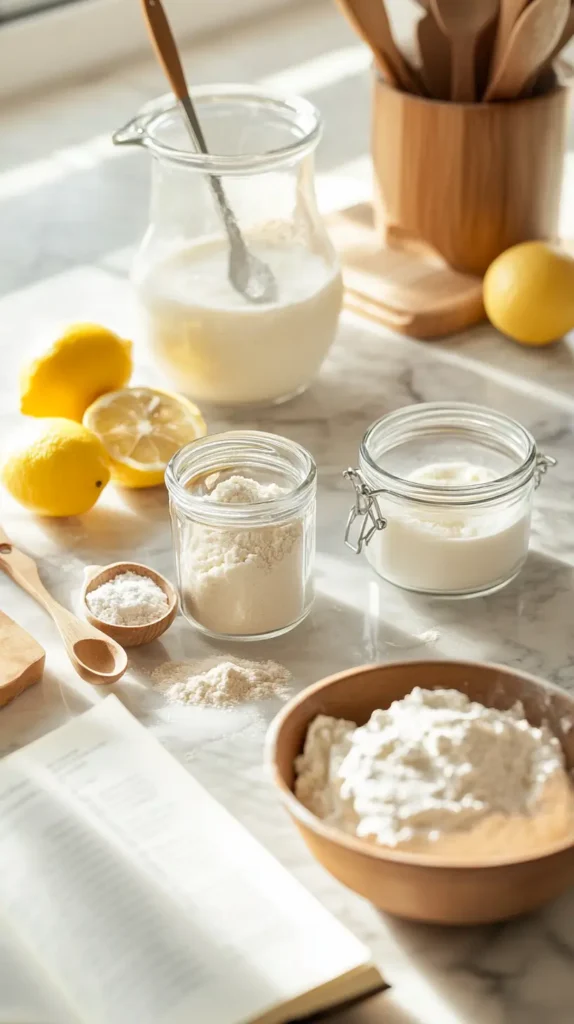
Common Mistakes and How to Avoid Them
Even experienced bakers can make errors when using baking soda or baking powder. Here’s how to prevent common issues.
Overusing Baking Soda or Baking Powder
Using too much leavening agent can lead to:
- Over-risen cookies that collapse during baking.
- A bitter aftertaste from excess baking soda or baking powder.
To avoid this, always measure carefully and stick to the recipe when deciding should I use baking soda or baking powder in cookies.
Forgetting to Adjust for Acidity
Recipes with acidic ingredients require baking soda to balance the pH. Forgetting to adjust can result in:
- Flat cookies if using baking powder without acid.
- A lack of browning or uneven texture.
Understanding the role of acidity helps resolve should I use baking soda or baking powder in cookies effectively.
Misjudging the Effect on Flavor
Each leavening agent influences the flavor profile differently:
- Baking soda enhances the richness of molasses and chocolate but can taste metallic if overused.
- Baking powder offers a neutral flavor but might dull complex tastes.
By balancing quantities and ingredients, you can ensure that should I use baking soda or baking powder in cookies becomes an easy question to answer.
FAQs
Should I put baking soda or baking powder in cookies?
The choice between baking soda and baking powder in cookies depends on the recipe and the desired texture and flavor. If your recipe includes acidic ingredients such as brown sugar, yogurt, or chocolate, baking soda is the better option as it reacts with acids to create carbon dioxide, which helps cookies rise and brown. For recipes without acidic ingredients, baking powder is more suitable since it contains both an acid and a base, providing the leavening effect on its own. Consider the texture you prefer: baking soda typically produces chewy cookies, while baking powder results in a fluffier, cake-like consistency.
What happens if you accidentally use baking powder instead of baking soda in cookies?
Using baking powder instead of baking soda in cookies can lead to noticeable differences in texture and flavor. Since baking powder contains less alkaline strength than baking soda, your cookies may not spread as much and will likely be puffier and softer. Additionally, the lack of an alkaline reaction may reduce browning, resulting in cookies that are lighter in color. The flavor might also be less robust, as baking soda enhances the caramelization process and richness in cookies. If you make this substitution, your cookies will still bake successfully, but the results will be different from the original recipe.
What makes cookies rise: baking soda or powder?
Both baking soda and baking powder can make cookies rise, but they do so in different ways:
- Baking soda: Reacts immediately with acidic ingredients to produce carbon dioxide gas, which helps the dough expand. This reaction happens quickly, often resulting in cookies with a chewy texture and more spread.
- Baking powder: Contains a built-in acid and base, so it doesn’t require external acidity. Double-acting baking powder reacts in two stages—once when mixed with liquid and again during baking. This leads to a more uniform rise and fluffier cookies.
The choice between them depends on your recipe and whether it includes acidic ingredients.
When should you use baking powder instead of baking soda?
You should use baking powder instead of baking soda when the recipe does not include acidic ingredients. Baking powder has a balanced acid-base mixture, making it self-activating. This is ideal for recipes like sugar cookies, shortbread, or cakes where no acidic components are present to activate baking soda. Baking powder also creates a lighter texture, so it’s perfect for recipes that call for soft, tender baked goods. If a recipe specifies baking powder, substituting with baking soda alone can result in flat and dense cookies unless an acid is added to compensate.
Conclusion
Choosing the right leavening agent—baking soda or baking powder—can elevate your cookies to perfection. Whether you’re aiming for chewy chocolate chip cookies, crisp shortbread, or fluffy oatmeal cookies, understanding how these ingredients work, when to substitute them, and avoiding common mistakes will guide you. The choice between the two depends on your recipe and the texture and flavor you want to achieve.


